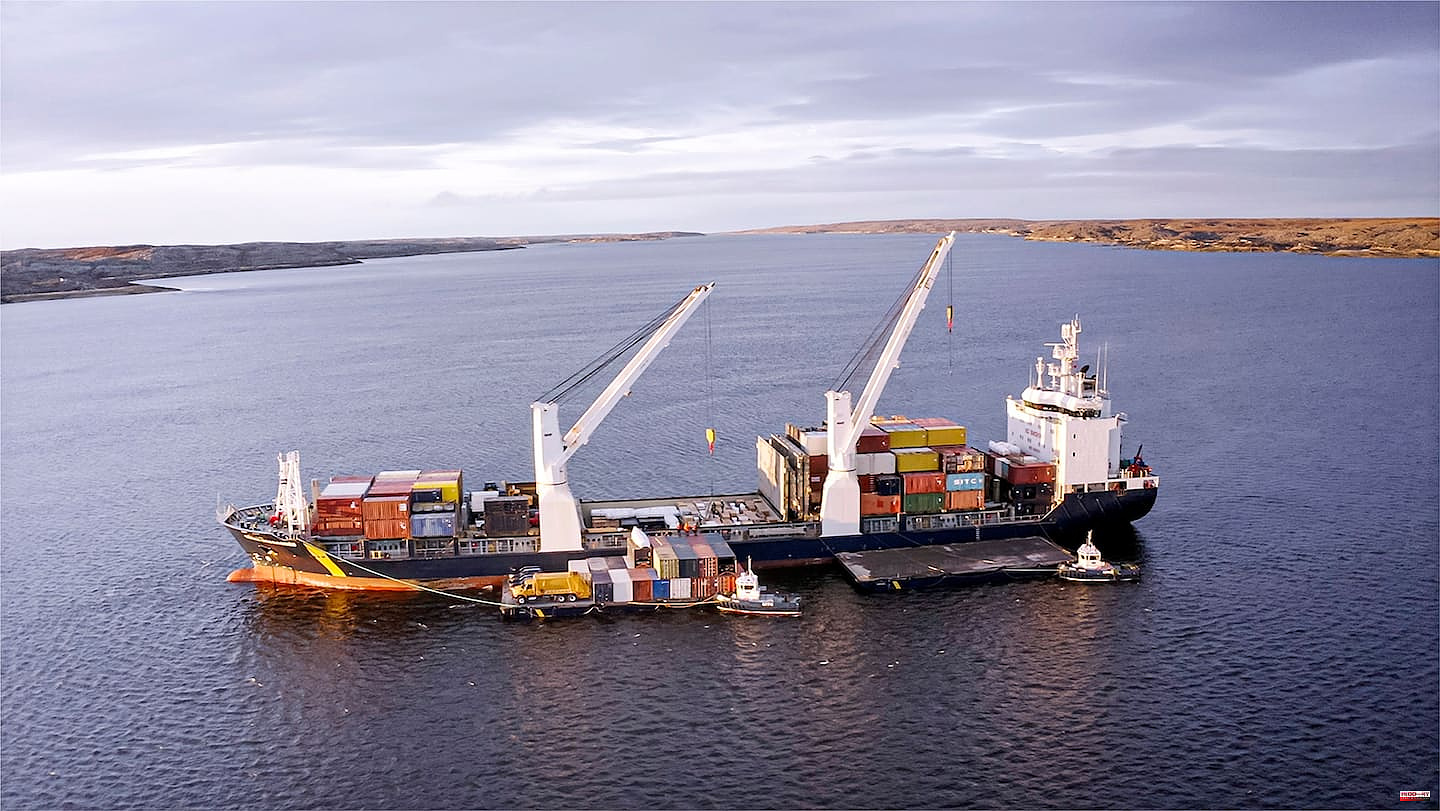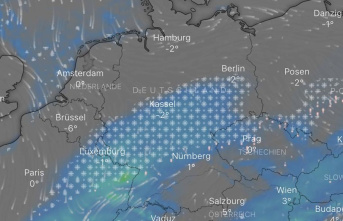More than 23,800 people earn their living in the Quebec maritime industry, about 63% work on land. We are talking about very well paid jobs, with very advantageous conditions.
• Read also: Maritime industry: technologies, a lifeline
• Read also: Maritime industry: succession, a big pitfall
“Salaries between $125,000 and $225,000 are not uncommon in our sector,” says Mathieu St-Pierre, CEO of the Saint-Laurent Economic Development Corporation (SODES).
This organization has just produced the first statistical portrait of the industry since 2015, in collaboration with Innovation maritime, an applied research center affiliated with the Institut maritime du Québec, a component of the Collège de Rimouski.
In particular, we learn that Quebec has 330 maritime companies, which transport $18.2 billion of our exports. Just the value of goods passing through the St. Lawrence and the Great Lakes totals $100.5 billion.
Position centrale
“It’s very simple: 80% of what we consume on a daily basis transits by ship,” continues Mr. St-Pierre. We saw the importance of maritime transport when a cargo ship ran aground in the Suez Canal: it disrupted the global supply chain. »
Some Quebec companies are totally dependent on maritime transport, such as the Barry Callebaut industrial chocolate factory in Saint-Hyacinthe, or the Alouette and Rio Tinto aluminum smelters. Half of Quebec's metallurgical jobs (aluminum and steel) depend on the maritime industry.
An opening into the world
All Quebec regions with a port have a major advantage: an opening to the world. That of Montreal, the only one through which containers pass, dominates with 34 million tonnes (Mt) handled; Sept-Îles follows, with 32.2 Mt, then Quebec (28.5 Mt) and Port-Cartier (25 Mt).
“Quebec is recognized as being one of the rare places in the world where there is no bottleneck, compared to ports on the Canadian and American west coasts,” continues Mr. St-Pierre. Thus, the geographical position of the Port of Montreal is closer to the industrial heart of North America than many American ports.
From which sectors are the main customers of the industry? Mining, agri-food and goods transported by containers destined for or coming from Europe.
We are hiring
The Quebec maritime industry has between 3,000 and 4,000 positions to fill in the short term. This is a major challenge, because a good part of these jobs require a qualification, from DEP to university degree.
It remains unknown and that is a shame, because it offers jobs well above the minimum wage. “And the retention rate is higher than average: people like to have a career with us,” comments Mathieu St-Pierre. Admittedly, the schedules are often variable, but the premiums are accordingly and the conditions are very advantageous. We are a very attractive industry, no matter where you are in the chain. »
And there's something for everyone: office jobs, truck drivers, heavy machinery, crane and shovel operators, conveyor operators, sailors, captains, specialists in artificial intelligence, logistics or biofuels, etc. .
MAIN CLIENT SECTORS OF THE MARITIME INDUSTRY IN QUEBEC
A vessel of Saint-Laurent size is equivalent to 300 wagons or 963 trucks. This is an undeniable argument for the fight against GHGs.
Another strong argument: 1 liter of fuel will allow one tonne of goods to travel 35 km by truck, 213 km by train and 243 km by boat. These figures come from the St. Lawrence Economic Development Corporation.
In fact, the maritime industry in Quebec is in the midst of an energy transition. While the International Maritime Organization dictates the rules on GHG emissions for ships, local initiatives are multiplying, particularly among shipowners.
The shift to biofuels
Thus, the CSL Group has taken the turn of biofuels.
“Last season, eight of our vessels ran on biodiesel for a total of 30,000 engine hours, and more than 17 million liters of fossil fuel were replaced with biodiesel made entirely from renewable materials, 100% organic. Its production does not affect the food chain, is practically carbon neutral over its life cycle, is available in sufficient quantity and does not require engine modifications,” explains Mariève Tremblay, Chief Information and Transformation Officer at CSL Group. .
The shipowner has studied several types of alternative fuels. Several would be very promising, but not yet ready for large-scale use. This led to the decision to adopt biodiesel... which is up to four times more expensive than fossil fuel! This puts CSL at a competitive disadvantage compared to its competitors who still burn traditional fuel.
“That is why we are asking the federal and Quebec governments to work with us to develop incentives for the use of biodiesel in maritime transport. With the right measures, we could extend the use of biodiesel to our entire fleet, and have the first carbon neutral fleet in the world,” she adds.
Like many shipowners, CSL has to deal with the fact that the regulations do not favor the use of biofuels.
“As with any new technology, regulation and incentives have yet to catch up with the initiatives we have put in place,” she says.
CSL has also introduced new generation, less polluting vessels, such as the MV Nukumi, with diesel-electric engines.
Decarbonization also involves ports. “We are well placed to offer alternatives to oil,” explains Mélanie Nadeau, Vice-President, Public Affairs and Community Relations. “Thus, Montreal is the port with one of the largest dockside electrification offers, with around twenty berths. »
1












